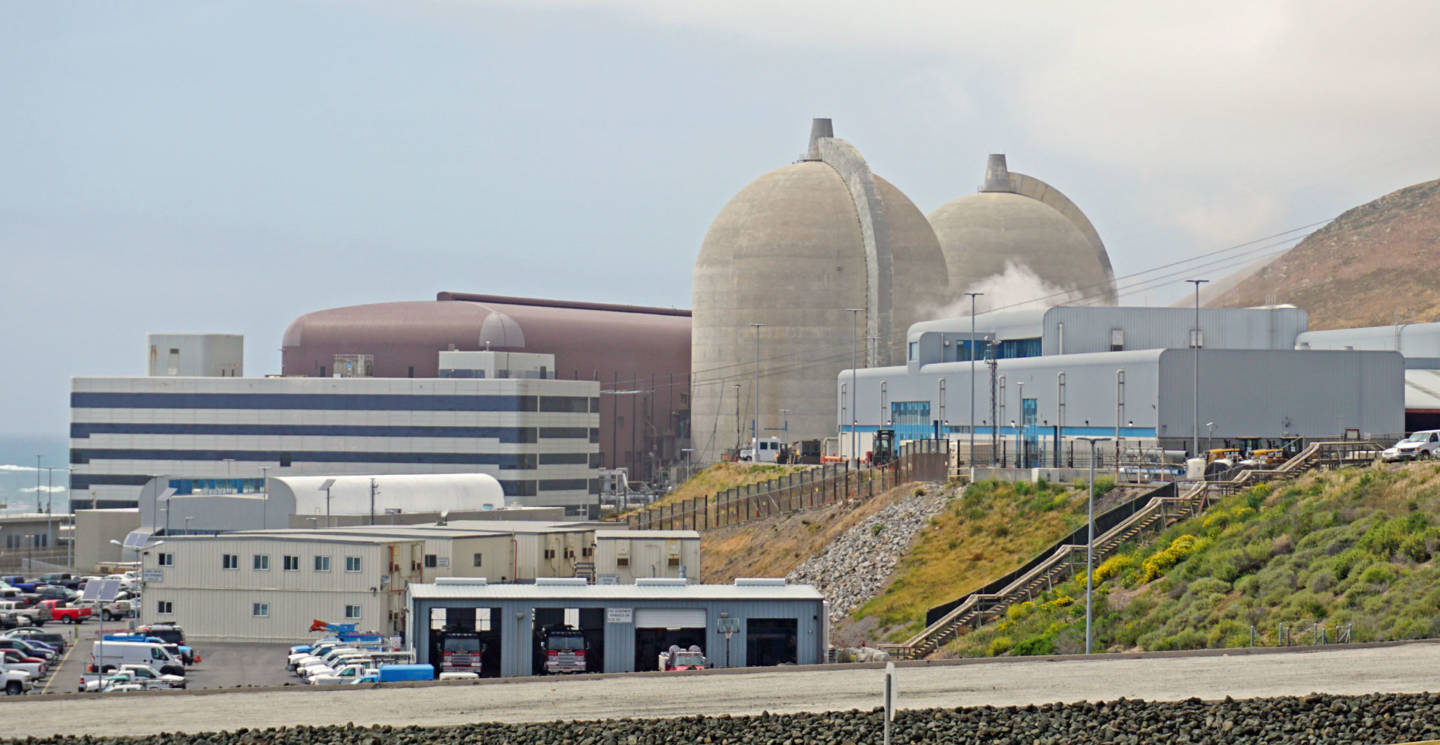If all electricity came from natural gas plants, then for some heating loads with heat pumps, that will be a slight win in total natural gas usage; for other conditions, it will be a wash or a slight loss. For electric resistance heating, it will be a significant increase in natural gas uasge.Electric only is a big mistake. All those electric only homes are going to get electricity from NG power plants
But not all electricity presently comes from natural gas. And in 10 or 20 or 30 years when those natural gas plants are consigned to peak load only, very little of the electricity will come from fossil fuels, so it will be a significant win.
Installing natural gas infrastructure into a building built today to lock in fossil fuel usage for the next 50 years is a poor design choice.
Cheers, Wayne




